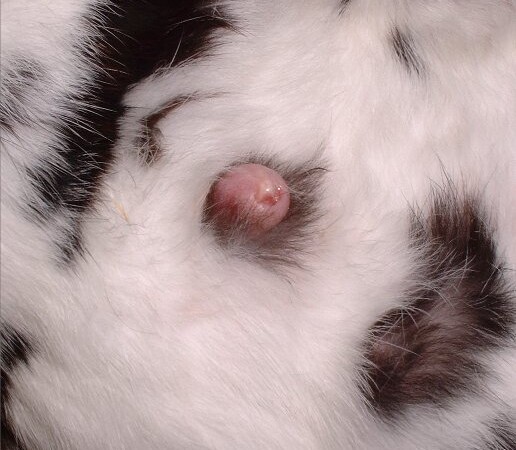

Mastitis is a common illness among various types of livestock, rabbits included, and is often detrimental if left untreated for prolonged period of time. To exacerbate this problem, veterinary clinics are quite expensive therefore most farmers cannot afford treatment. For this reason, it is essential for them to have sufficient knowledge about effective yet affordable means for treatment of mastitis in rabbits. Note that in order to administer the appropriate treatment methods, an accurate diagnosis has to be made. This is because remedies often differ as they are specific to a type mastitis. As such, this article will provide a brief understanding of the disease whilst dwelling on the treatment for mastitis in rabbits.
Causes and effects of Mastitis in Rabbits.
Mastitis is an inflammation of the breast tissue of a lactating animal mostly due to infection. It is produced by a bacterium that is often contracted during the gestation period of the rabbit. Mastitis affects the quality of and access to milk thereby placing baby rabbits in danger as nutritious milk is essential in maintaining their health. As such, treatment of mastitis in rabbits is important and should be administered timeously, before infection progresses. Mastitis can manifest in two ways, either as sceptic mastitis or cystic mastitis. The former is a kind caused by infection from bacteria. It generally refers to an infection of the lactating glands. Delays in treatment can be life threating for female rabbits. This is because the bacteria can possibly spread to the blood and lymph glands, affecting the overall health of the rabbit. Cystic mastitis is characterised by the development of fluid filled cysts in the breast tissue of the rabbit, underneath the skin. If left untreated, cystic mastitis can develop into cancerous tumours. There are a range of treatments of mastitis in rabbits that are highly recommended. It is advisable to administer these treatments as soon as the symptoms appear to avoid further development of the infection that can be life threatening to both female and baby rabbits. In severe cases, it is however advised to consult a veterinary medical professional as most home-made and over the counter medicine prove ineffective.
Common symptoms for easy identification are as follows:
– Weight loss (can be difficult to determine after pregnancy)
– Inflamed mammary glands
– Discoloration of nipples and breasts
– Dehydration and burning
– Blood in urine (in cystic mastitis)
– Lumps in the breast tissue (in cystic mastitis)
Treatment of Mastitis
The treatment of mastitis in rabbits varies according to the type of infection. Medication for sceptic mastitis can be unsuitable for the cystic type. The following are the commonly used treatment methods that have been proven to be successful.
The treatment of Mastitis in rabbits is similar to any other bacterial infection. The recommended prescription is therefore antibiotics. It is important to be aware of the types of antibiotics suitable for rabbit health as some may have a detrimental effect.
A veterinarian must be consulted for the suitable antibiotics prescription and dosage. Use of antibiotics should not exceed 5 days. Dosage usually varies according to the severity of the condition. Most antibiotics can be given at approximately 20g per kg. However, some can be offered at about 50g per kg without any negative effects on animal health. Injectable antibiotics such as Pen-G (Dura-mycin) or Oxytetracycline must be administered at about 1cc per 4.5kg for approximately 5days.
An overdose of most types of antibiotics such as lincomycin, ampicillin, amoxicillin, amoxicillin-clavulanate, cephalosporin, many penicillin, and erythromycin can alter bowel ecology, threaten favourable microorganisms, and promote bacterial pathogen growth (e.g. E coli and Clostridium) and toxin production. It is also advisable to provide rabbits with probiotics an hour or two after every dose of antibiotics. This is done to replenish the ‘good’ bacteria that are wiped out by medicine in order to control the ratio of ‘bad’ bacteria. Due to the limited selection of probiotics ideal for rabbits, a veterinarian must be engaged.
Note that some antibiotics can safely be administered orally whereas others like penicillin are ideally administered through injections. In addition, it is advisable to seek assistance from a veterinary medical professional who is able to closely monitor progress during the treatment period. If the original symptoms do not improve in a few days and keep progressing, alternative treatment of mastitis in rabbits should be used. Usually different type of antibiotics can effectively control the infection.
 Contact Jaguza Support
Contact Jaguza Support